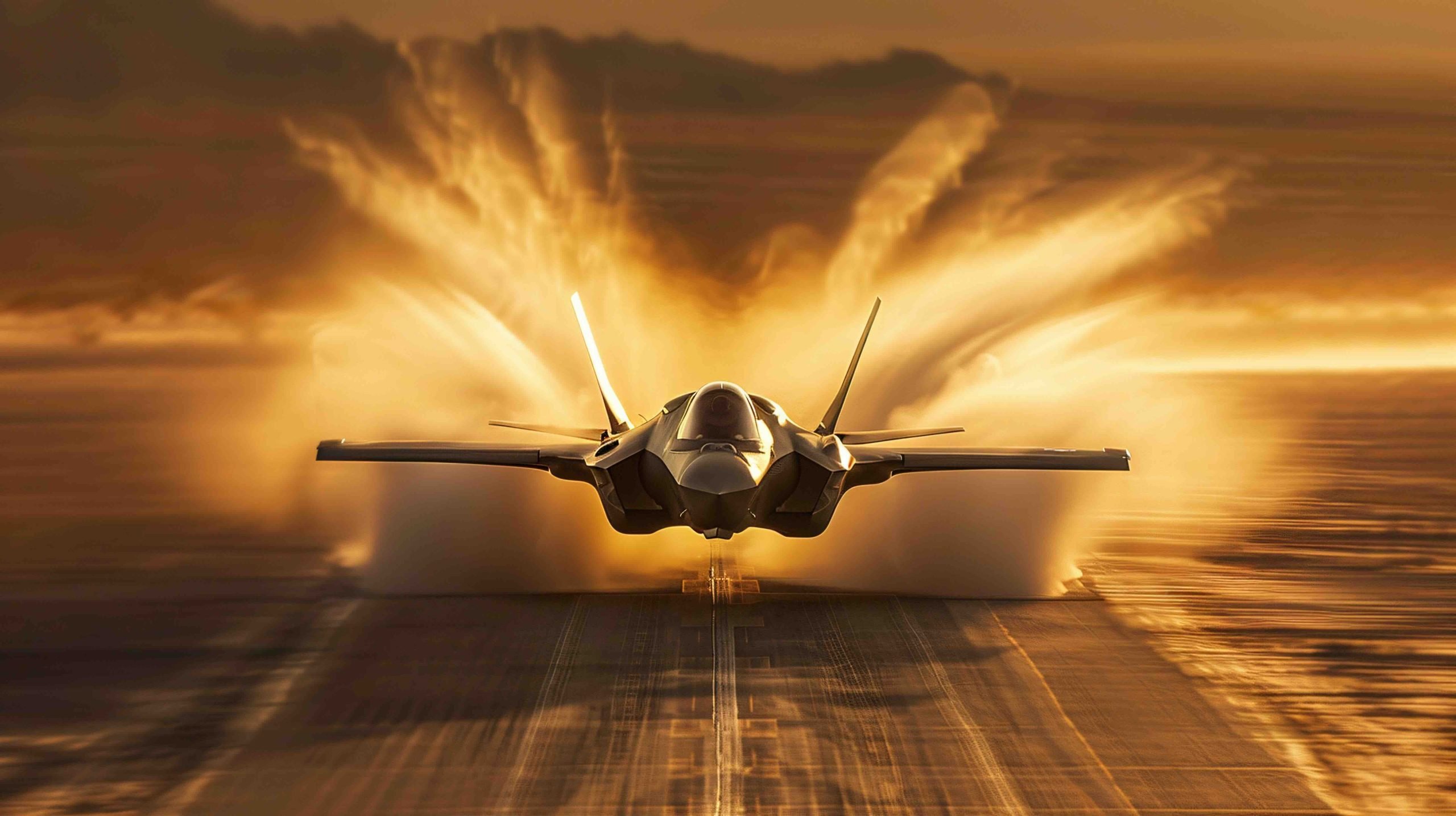The iconic E-3 Sentry aircraft, better known as the AWACS (Airborne Warning and Control System), is undergoing a cutting-edge transformation to maintain its strategic advantage in modern warfare. Originating from the 1970s, the E-3 Sentry has been a cornerstone of aerial surveillance and battlefield management, pivotal in securing air dominance. However, as global defense systems evolve with the incorporation of advanced technologies like artificial intelligence and enhanced cyber warfare tactics, the E-3 Sentry is set to receive unprecedented upgrades.
New digital capabilities are at the heart of this evolution. A key upgrade is the integration of AI-enhanced sensor systems that significantly improve the aircraft’s ability to detect and track multiple targets in challenging environments. This shift towards automated data processing allows for faster and more accurate intelligence sharing between allied forces.
Additionally, the aircraft’s communication systems are being fortified with next-generation encryptions to counter increasingly sophisticated cyber threats. This ensures that sensitive information remains secure during operations, a critical factor in high-stakes missions.
Moreover, there is a push towards leveraging cloud computing for better real-time data analysis and storage. This capability enables crew members to access a broader spectrum of information, enhancing decision-making on the fly.
The adaptation of the E-3 Sentry to these new technological arenas highlights not only a commitment to preserving its relevance but also reinforces its role as a vital asset in future integrated defense strategies. As technological advancements continue to redefine military capabilities, the E-3 Sentry persists as a beacon of continuous innovation in aerial surveillance.
AWACS Renaissance: Is the E-3 Sentry the Future of Aerial Battlefield Intelligence?
The evolution of the E-3 Sentry aircraft presents a series of intriguing possibilities and challenges in modern defense landscapes. The updates, focused on integrating state-of-the-art technologies, go beyond enhancing its legendary surveillance capabilities. But what does this mean for global security and air combat strategies?
Firstly, this extensive modernization effort points to a paradigm shift where conventional military aviation embraces digital transformations to remain effective. But while these upgrades promise remarkable improvements in operational effectiveness, they also raise questions about reliance on technology. Can the E-3 Sentry’s AI-driven systems autonomously manage the complexities of modern air combat, or is there still a reliance on human decision-making?
Moreover, these new capabilities might spark a technological arms race, compelling other nations to similarly upgrade their own aerial systems. Could this lead to heightened global military tensions or foster international collaborations for peaceful tech-sharing initiatives?
From a security standpoint, while advanced encryptions aim to mitigate cyber threats, are the systems truly impregnable? This concern is valid given the frequency of cyber incursions, emphasizing a persistent vulnerability within even the most fortified tech terrains.
On the community level, significant investments in upgrades can potentially shift funds from other pressing societal needs. How do communities balance national security demands with local welfare priorities?
The answers to these questions could redefine strategic paradigms and impact global defense alliances for years to come. For further insights on technological advancements and defense strategies, consider visiting Janes and Defense News.

















